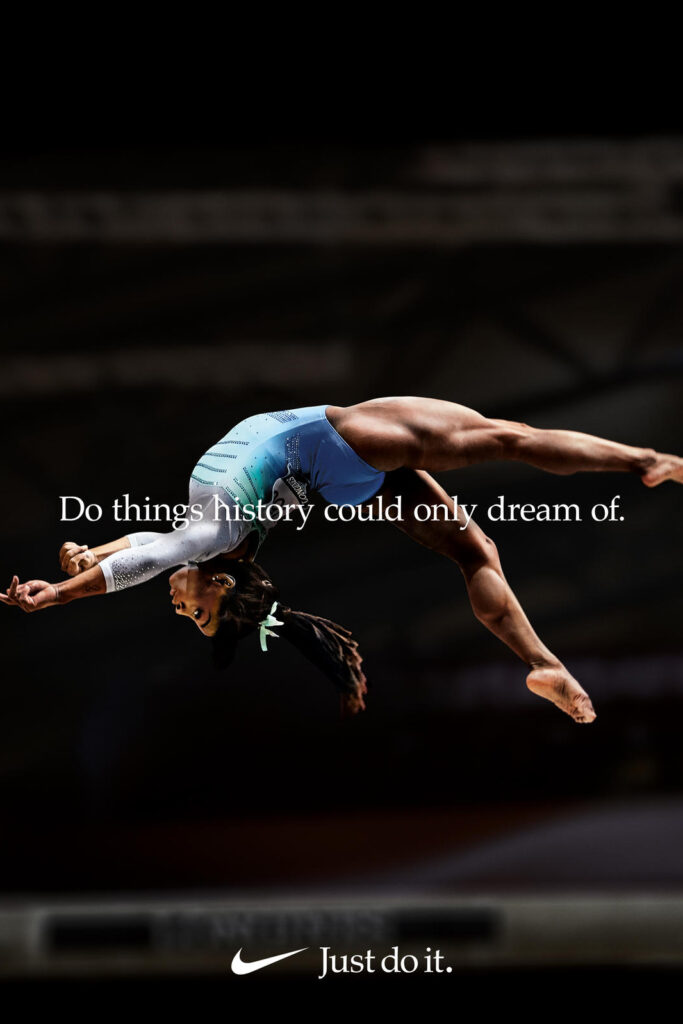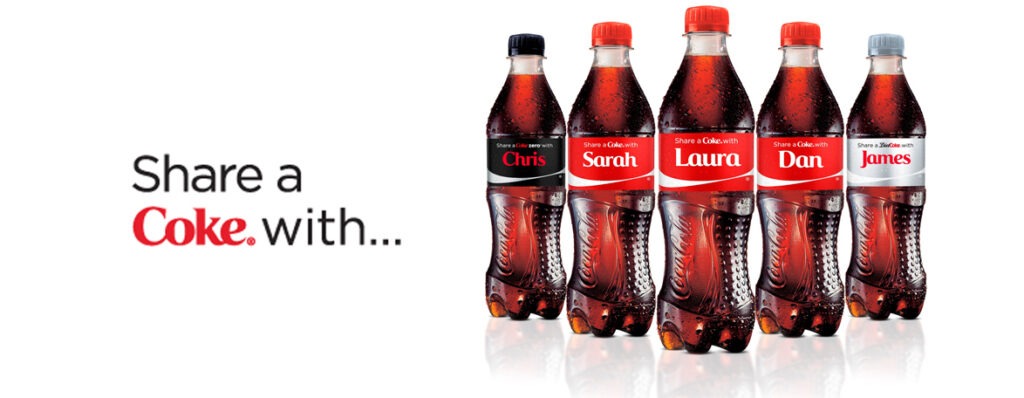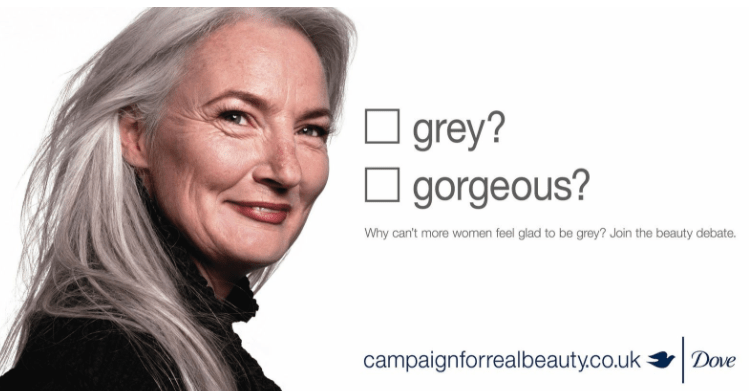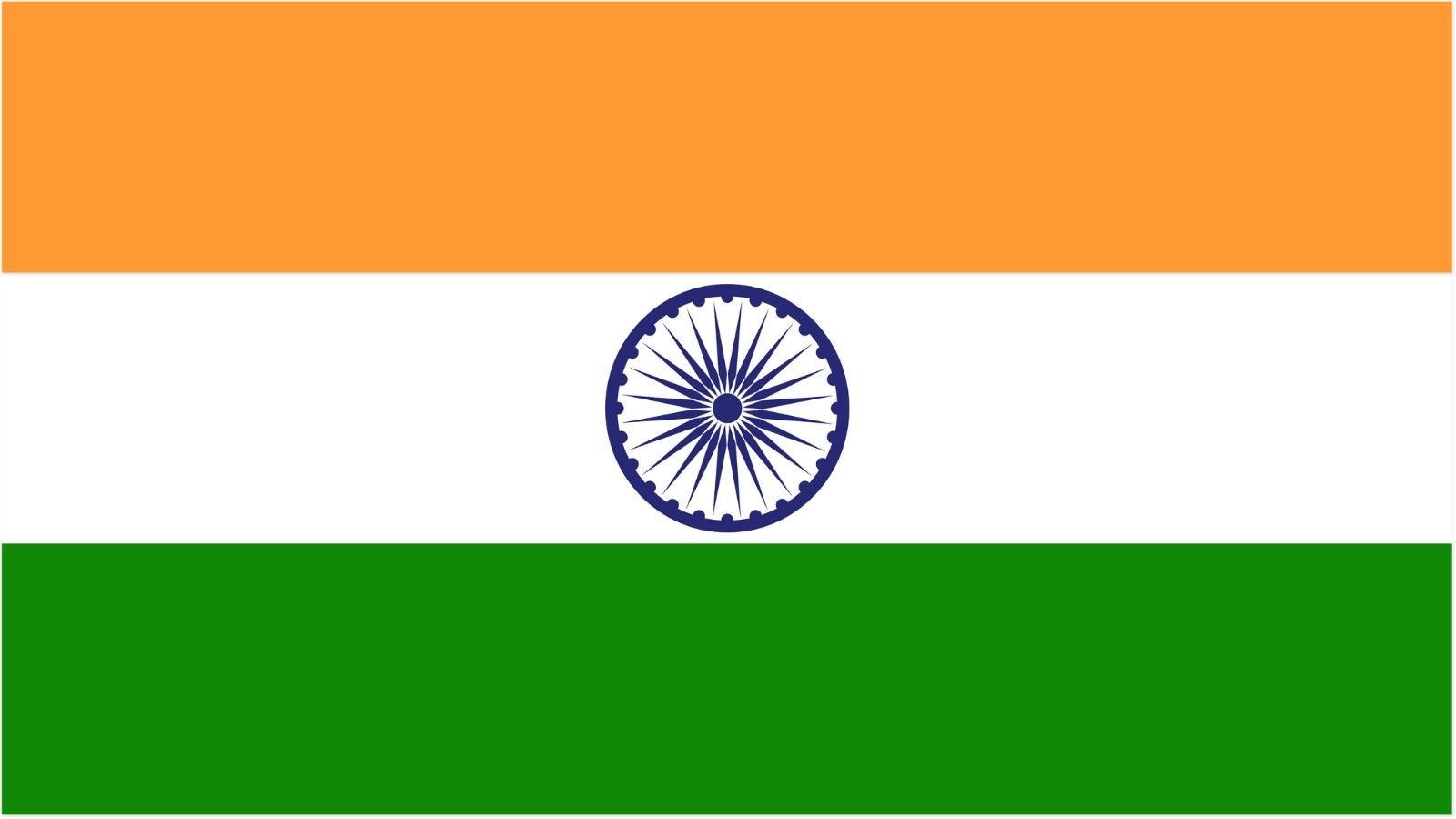Storytelling in marketing communication (marcom) can be a powerful tool, helping brands connect with the audience, convey the message effectively, and build loyalty. Effective storytelling helps brands:
- Capture Attention: A compelling story can immediately capture the attention of the audience, making them more receptive to the message.
- Simplify Complexity: Stories simplify complex information, making it easier for the audience to understand and retain.
- Enhance Memorability: A memorable story can make a brand stand out in a crowded market, leaving a lasting impression.
- Foster Trust and Authenticity: Authentic stories foster trust and reliability, building a stronger emotional connection with the audience.
- Influence Decision-Making: A well-told story can influence decision-making, guiding the audience towards desired actions.
Storytelling transforms marketing communication from a mere transmission of information to a meaningful and engaging experience. It enables brands to build deeper connections with their audience, drive engagement, and ultimately achieve their marketing goals more effectively.
Here are some examples of great storytelling in marketing communication, demonstrating how effective storytelling can capture attention, create emotional connections, and build strong, lasting relationships with the audience:
Nike’s “Just Do It” Campaign:

Launched in 1988, the campaign features real athletes and everyday people overcoming obstacles and pushing their limits. By focusing on personal stories of perseverance and triumph, Nike taps into universal themes of determination and resilience. This narrative not only captures the audience’s attention but also fosters a deep emotional connection with the brand. Nike’s approach has cemented “Just Do It” as one of the most iconic and enduring marketing campaigns in history.
Coca-Cola’s “Share a Coke” Campaign:

Coca-Cola’s “Share a Coke” campaign is a standout example of effective storytelling in marketing. Launched in 2011, the campaign replaced the iconic Coca-Cola logo on bottles with popular names, encouraging consumers to find and share a Coke with friends and loved ones. This personalized approach created millions of unique, individual stories, as people sought out bottles with their own names or those of their friends and family. By tapping into the emotional connections people have with their names and relationships, Coca-Cola fostered a sense of community and sharing. The campaign’s success was amplified through social media, where users shared photos and stories of their personalized Coke bottles, generating widespread engagement and emotional resonance.
Apple’s “Think Different” Campaign:

Apple’s “Think Different” campaign is a masterclass in effective storytelling. Launched in 1997, it celebrated the visionaries and innovators who challenged the status quo. The campaign featured iconic figures like Albert Einstein, Martin Luther King Jr., and Mahatma Gandhi. The campaign’s tagline, “Think Different,” became a powerful narrative that resonated with the audience’s aspirations and aligned with Apple’s brand ethos of creativity and innovation. By spotlighting these extraordinary individuals, Apple not only highlighted its own commitment to innovation but also inspired its customers to embrace creativity and think beyond conventional limits. This narrative of challenging norms and embracing individuality helped solidify Apple’s identity as a leader in the tech industry and built a loyal, passionate customer base.
Dove’s “Real Beauty” Campaign:

Launched in 2004, the campaign aimed to challenge conventional beauty standards by featuring real women of diverse ages, shapes, sizes, and ethnicities instead of traditional models. By sharing authentic, relatable stories of these women, Dove fostered a sense of inclusivity and self-acceptance among its audience. The campaign’s core message—that beauty comes in all forms—resonated deeply, sparking widespread conversations about self-esteem and body image. This approach not only strengthened Dove’s brand identity but also built a strong emotional connection with its consumers, driving brand loyalty and trust.
Airbnb’s “Belong Anywhere” Campaign:

Launched in 2014, the campaign focused on the unique and personal experiences of Airbnb hosts and guests from around the world. Airbnb imagined a world where you can belong anywhere. By showcasing real stories of travelers who found a sense of belonging and connection in diverse locations, Airbnb highlighted the authenticity and community spirit of its platform. This narrative approach underscored the idea that travel is not just about visiting places but about forming meaningful connections and feeling at home anywhere. The campaign’s relatable and emotionally engaging stories helped to humanize the brand, foster trust, and inspire a global community of travelers and hosts.
Google’s “Year in Search” Videos:
Google’s “Year in Search” campaign is an exemplary case of effective storytelling in marketing. Each year, the campaign compiles and presents the most searched topics, reflecting global events, trends, and collective emotions. By weaving these searches into a narrative, Google captures the essence of the year’s significant moments—from triumphs and tragedies to milestones and movements. The campaign’s ability to encapsulate the world’s shared experiences and emotions through data-driven stories makes it profoundly relatable and impactful. This approach not only showcases Google’s role in helping people find information but also highlights the universal human experiences that connect us all, reinforcing Google’s brand as a facilitator of knowledge and understanding.
Storytelling is a vital element in making marketing communications impactful and memorable. It turns messages into experiences, fostering deeper connections and driving engagement.
What are some storytelling campaigns that have resonated with you? Share your thoughts.



